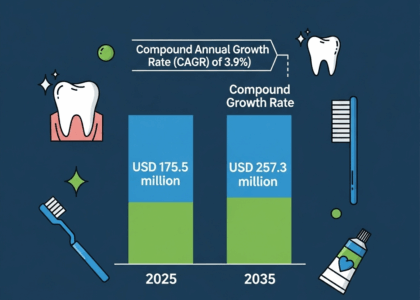Foot orthotic insoles, commonly referred to as shoe inserts or orthotics, have gained significant traction in the healthcare and wellness industries. These insoles are designed to provide support, comfort, and correction to individuals with various foot conditions, ultimately contributing to improved overall mobility and well-being. The global foot orthotic insoles market has experienced remarkable growth, driven by factors such as the increasing prevalence of foot-related disorders, growing awareness about foot health, advancements in material technology, and rising adoption among athletes and individuals seeking enhanced comfort.
Global Foot Orthotic Insoles Market Size and Growth Factors
The foot orthotic insoles market has witnessed substantial growth over the past decade and is expected to continue expanding in the coming years. The market growth can be attributed to the rising incidence of foot problems such as plantar fasciitis, flat feet, bunions, and overpronation. These issues often lead to discomfort, pain, and limitations in mobility, driving the demand for effective solutions like orthotic insoles.
The aging population also plays a significant role in the market’s expansion. As people age, the likelihood of developing foot-related conditions increases. Consequently, the geriatric population’s increasing proportion fuels the demand for orthotic insoles, which can alleviate pain and improve overall foot function.
Moreover, the shift towards a more health-conscious lifestyle has driven consumers to invest in products that enhance their well-being. This trend has prompted individuals to seek ways to prevent foot problems rather than just treating them, further boosting the demand for foot orthotic insoles.
Foot Orthotic Insoles Market Request A PDF Sample
Global Foot Orthotic Insoles Market Report By Material
Foot orthotic insoles are available in various materials, each offering distinct properties to address different foot conditions and user preferences.
Foam-based Insoles: These insoles are often made from materials like EVA (ethylene-vinyl acetate) foam. They provide cushioning and shock absorption, making them suitable for individuals with mild discomfort or those seeking additional comfort in their shoes.
Gel-based Insoles: Gel-based insoles contain gel inserts that offer superior cushioning and support. These insoles are particularly effective in relieving pressure points and redistributing weight, making them ideal for those with sensitive or painful areas on their feet.
Leather Insoles: Leather insoles are known for their durability and ability to absorb moisture. They are often used to enhance shoe comfort and prevent odors.
Thermoplastic Insoles: These insoles are crafted from heat-moldable materials, allowing them to be customized to the wearer’s foot shape. They provide targeted support and are commonly used for addressing specific foot conditions.





